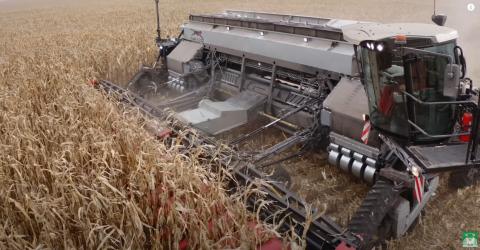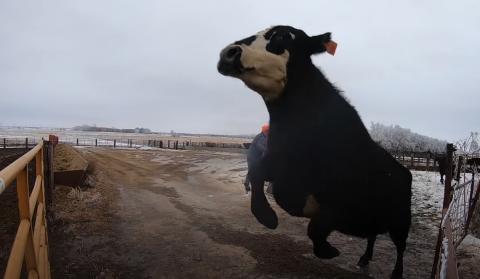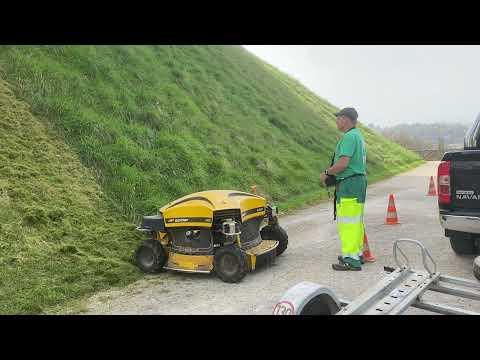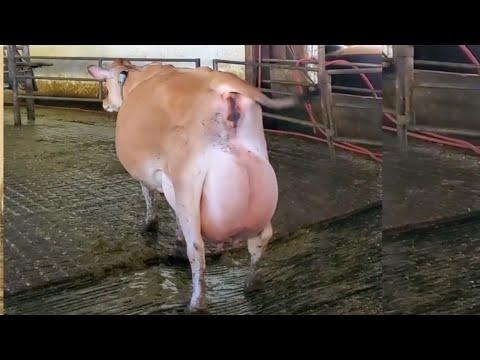I. NUTRITION IN THE CALF PERIOD (From birth to 5th month)
1. Breast Milk Feeding (First 3 days)
Why Is Mouth Milk Important?
– Cow colostrum contains several times more nutrients than normal milk,
– At birth, the calf suddenly enters a different environment from the sheltered environment in the mother's womb,
– Contains substances that provide the calf's immunity against diseases,
– Because the calf is born without immune substances from the mother,
– Breast milk is the first vaccination of the calf and provides passive immunity for 2-3 days after birth,
– Magnesium sulfate in the colostrum ensures that the meconium in the intestines of the calf is expelled and the intestines are cleaned,
The earlier the calf drinks colostrum, the less microbes adhere to the gut.
How Much Milk Is Given To Calves?
– Calves should be given a total of 4-5 liters of colostrum daily, including at least 1.5 liters at mealtimes, for the first 3 days, 3 meals a day, starting as soon as possible after birth,
– General Rule: An average sized tawny calf should consume at least 2-3 liters of colostrum within the first 6 hours after birth.
– The first 12 hours are important, and the availability of immune substances is higher during this period,
– When giving colostrum, drinking from a bottle should be preferred instead of drinking from a bucket and sucking,
– The colostrum should be fresh, the colostrum of different animals should not be mixed and used,
– Breast milk should be drunk at a temperature of 37 C, with a bottle from a height of 80 cm and at an angle of 45 degrees.
2. Feeding with Milk and Calf Food (from the 4th day to the 6th week)
– Milk is sufficient for the calf, but calf food can also be used.
– Between 4-5 liters of milk or calf food is used per day,
– Milk or food should be given to the calves at a level of 8-10% of their weight,
– If given in excess, starter feed consumption decreases,
– During this period, calf starter feed should be given freely to the calves,
– In the 6th week, milk or food should be reduced and the calf should be fed more of the starter feed,
– Since the development of papillae in the rumen is adversely affected, calves should not be fed with milk or formula for more than 6 weeks,
– The food should be well melted, mixed well and not given cold,
– During this period, clean water should be given freely,
– It is not recommended to give roughage such as hay and other dry grass and silage to the calf until weaning,
– Calves should not be taken to pasture during this period,
– At the end of the 6th week, only free calf starter feed after weaning,
quality hay and free water should be given, straw and silage should not be used,
During this period, it is vital for animals to receive solid feed in terms of rumen development.
How Are Calves Weaned?
– Calves should be weaned at 6 weeks of age for economical production,
– Because microorganisms required for digestion in the rumen 6.-8. occurs in weeks.
– Starter feed consumption should be encouraged for early weaning,
– In weaning, the size of the calf is as important as its age.
However, the most important criterion is sufficient starter feed consumption.
– Healthy calves can be weaned when they start to consume at least 850 g of calf starter feed per day, up to 1-1.5% of their body weight in addition to milk.
– The starter feed given to the animal at the time of weaning should not be changed, calves should not be transported and stressful operations should not be performed.
3. Feeding Period with Calf Starter Feed (6th week to 8th week)
– Starter feed should be used freely for 2 weeks after weaning,
– Good quality alfalfa hay and meadow hay should be given during this period,
– It is not recommended to give straw, silage, pulp and take it to the pasture.
– Clean water should be given.
What are the points to be considered in this period?
– The feeds should be in the size of pellets that the calf can consume,
– In some countries, dry grass is ground and added to the pellet at a level of 20-25%.
– However, for the formation of a healthy rumen wall and papilla, there should be good quality hay in front of the calf from the 7th week,
– In the new application, it is stated that the calf starter feed can be used from the 4th week by mixing 7.5%-15% of the same quality dry grass,
– For example, 25 kg of calf starter feed can be given by mixing 2 kg of chopped dry grass of the same size,
– In order not to make the calf fat, it should be changed from the starter feed to the grower feed at the 8th week.
Why are calves not fed roughage until the 6th week?
– In this period, the digestion of roughage is low and it creates the volatile fatty acids necessary for the development of papillae in the rumen in the opposite direction,
– Dry herbs have a shaving effect on the newly developed papillae on the rumen wall,
– Dry herbs only provide the development of the muscle structure of the rumen wall.
– Concentrated feed increases the development of papillae, which is necessary for digestion in the rumen,
- However; It should not be forgotten that excessive consumption of concentrated feed will also damage the rumen wall as a result of increased rumen acidity.
4. Transition Period to Grower Feed (2nd to 2.5 months)
– Calves are given free calf rearing feed together with the calf starter feed from the 2nd month.
- Category
- Tractor & Machinery












